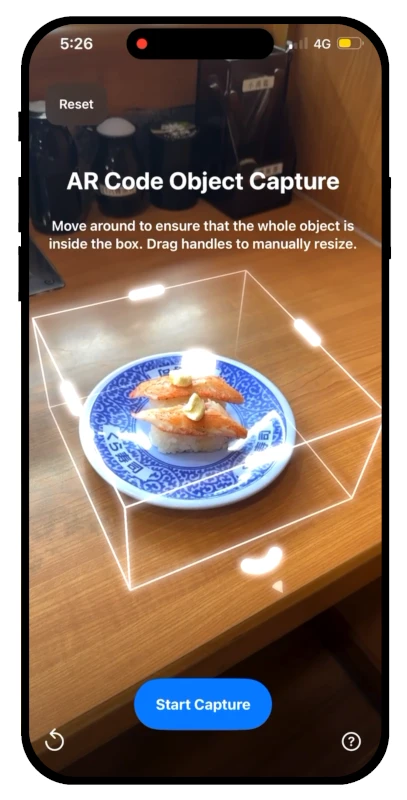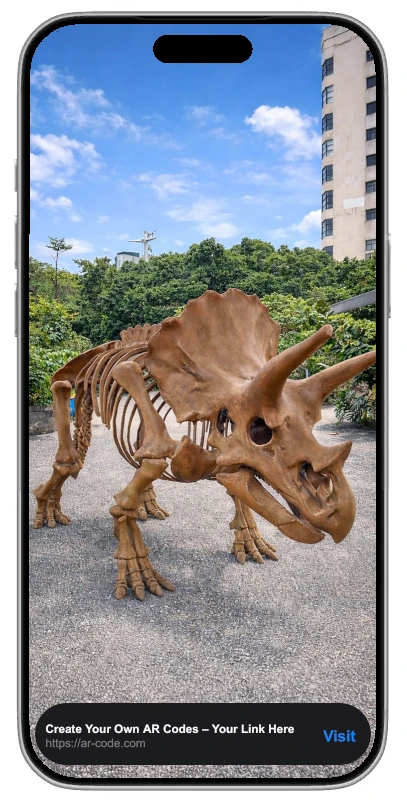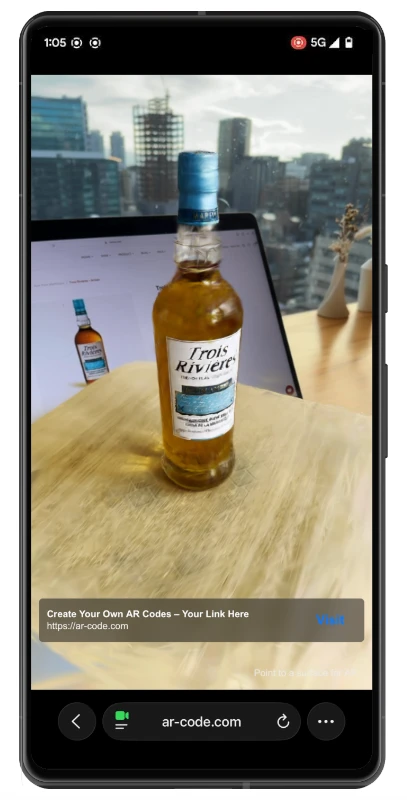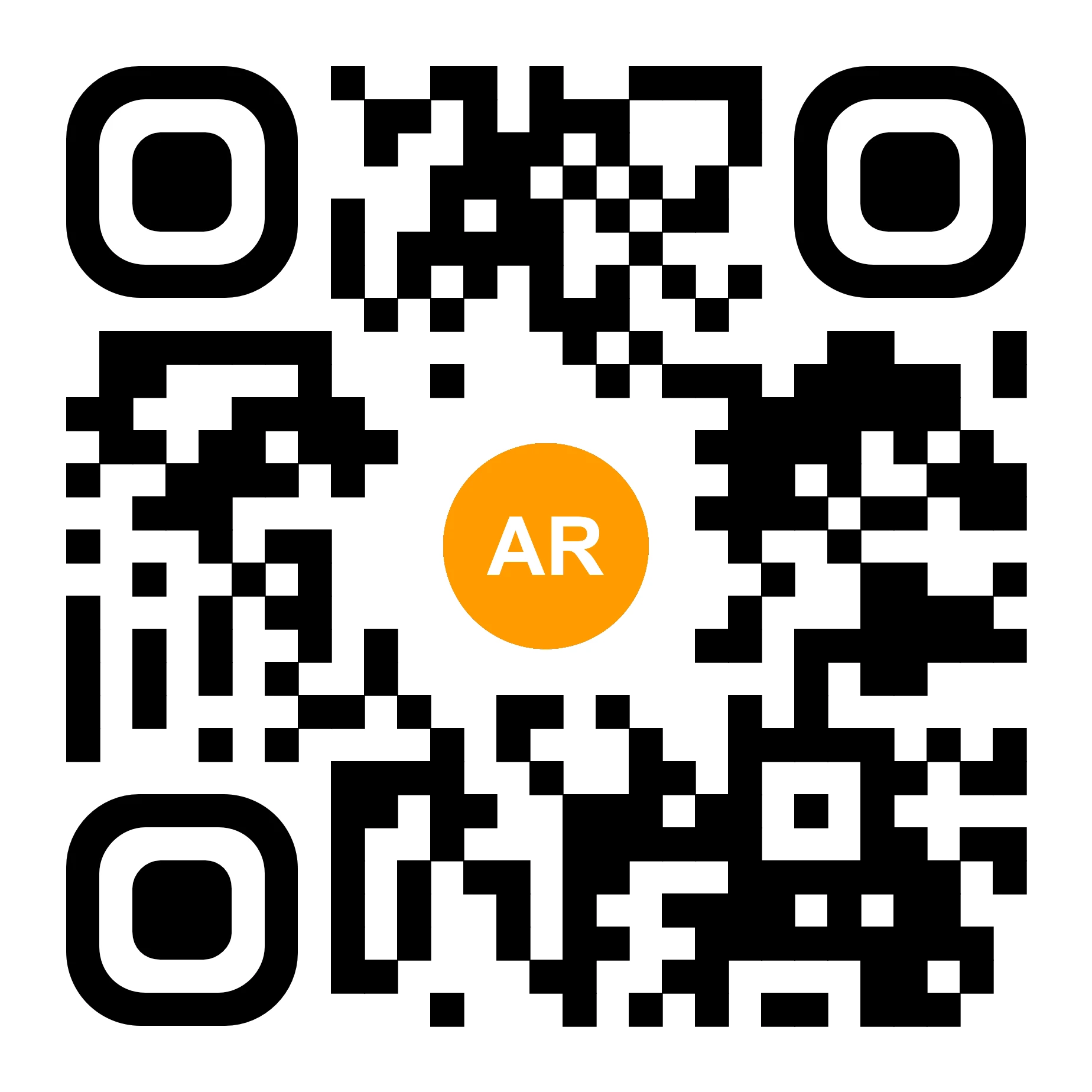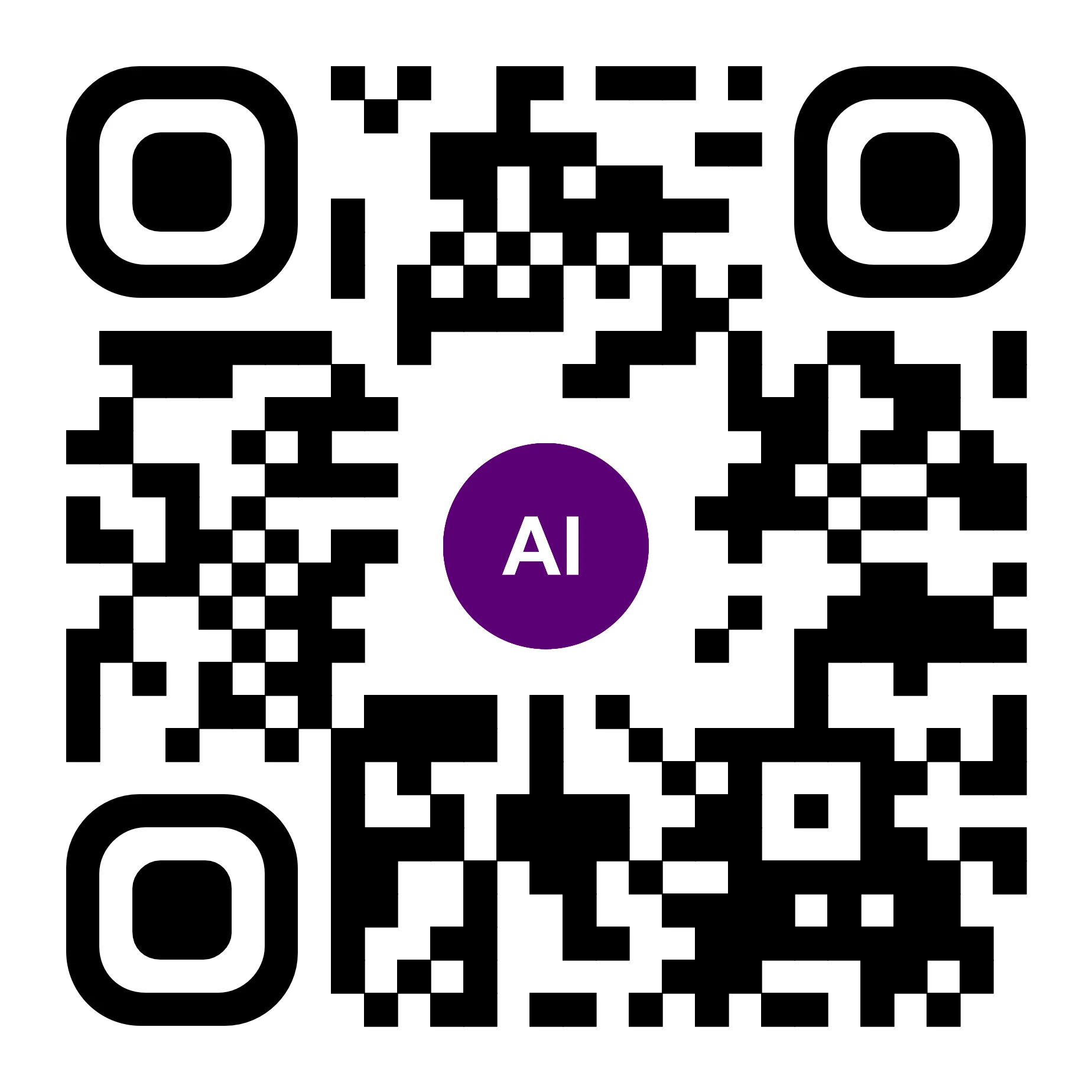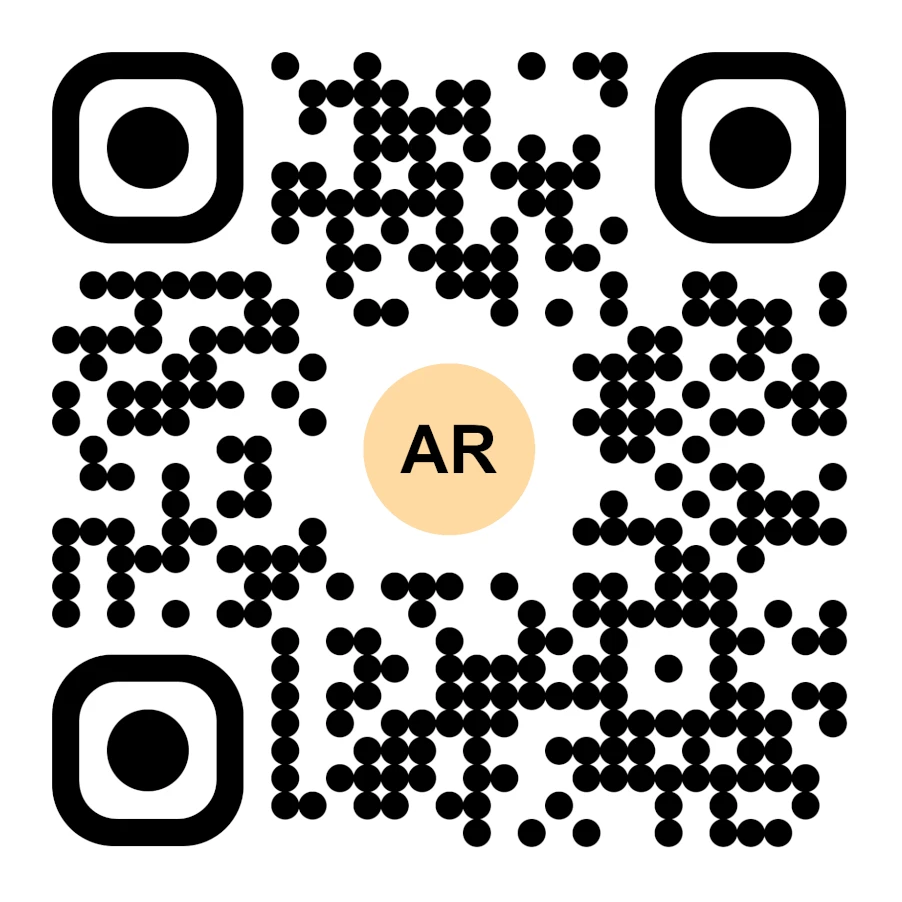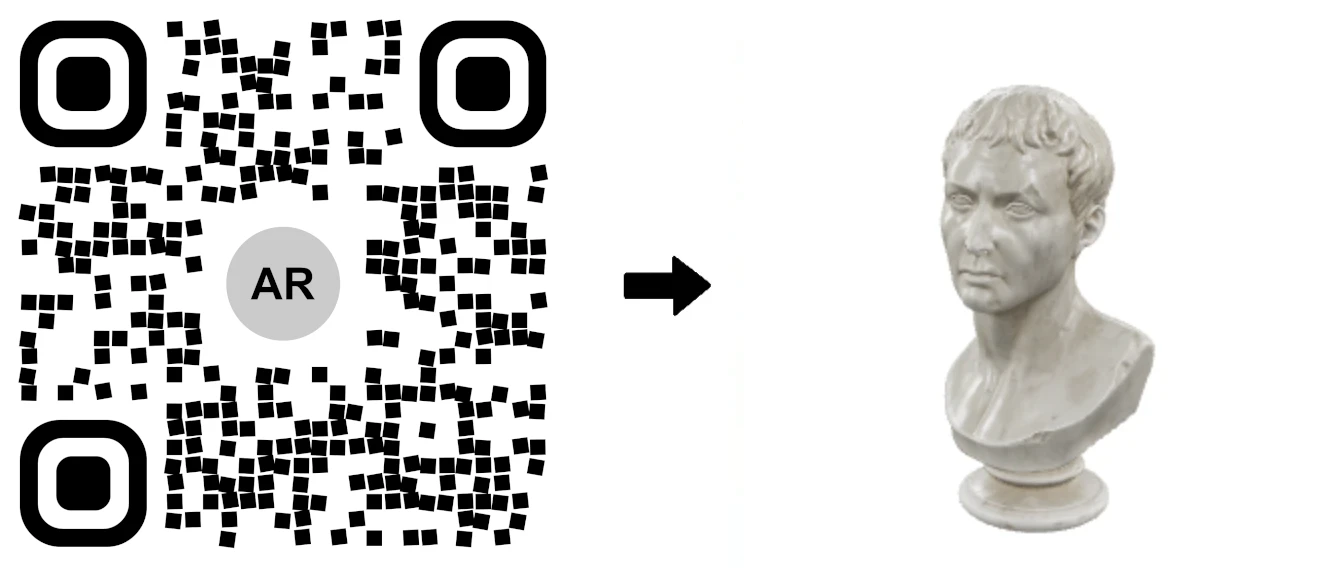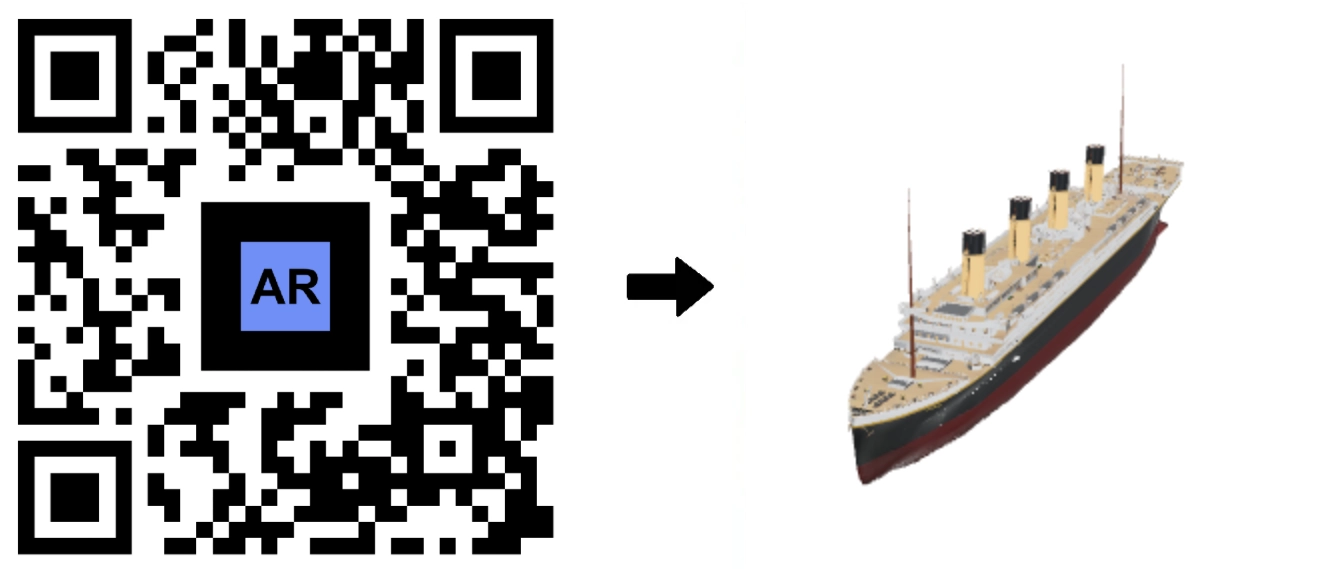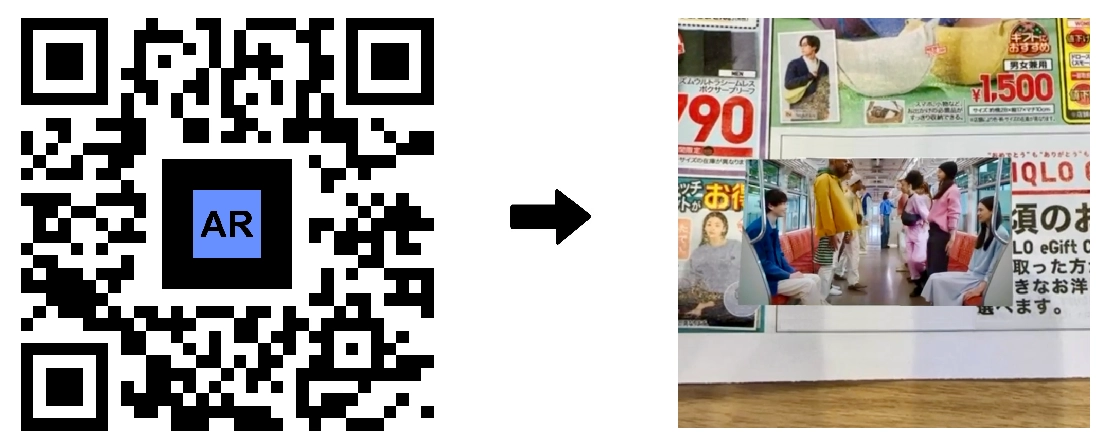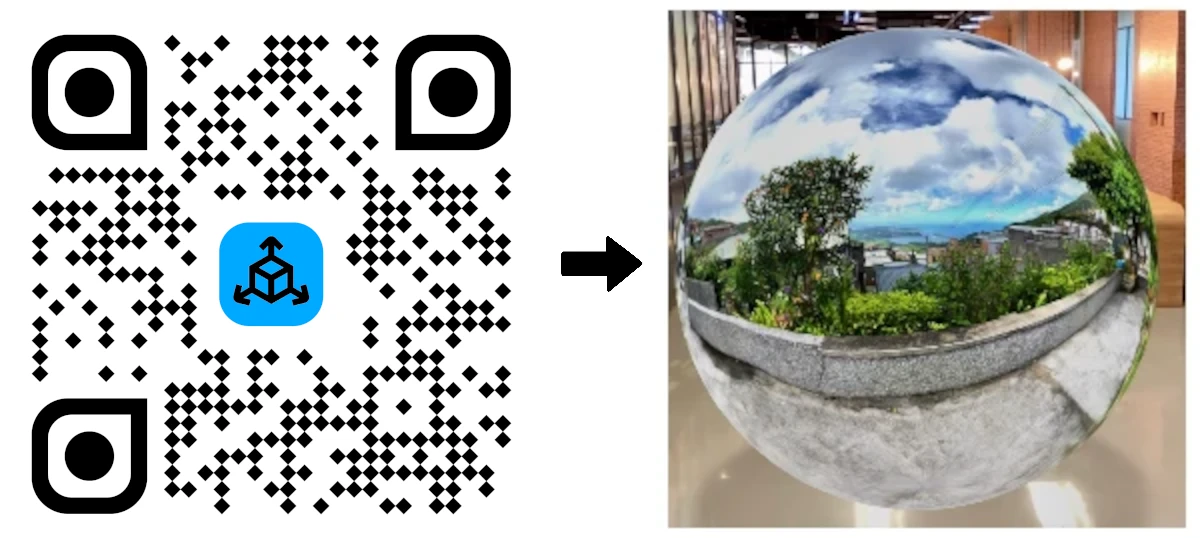AR Code Technology, The Future of Museums and Art exhibitions
AR Code Tech | 01/01/2026 |
Elevate your museum’s engagement and transform cultural experiences with AR Code’s SaaS solutions. As the industry’s top SaaS platform for merging physical artifacts and digital storytelling, AR Code enables institutions to capture visitor attention with immersive, educational content that animates history and culture. Integrate interactive AR Code technology for museums to provide virtual exhibit exploration, rich context, and memorable journeys. Empower your museum’s digital transformation with cutting-edge AR Code solutions.
Enhance Visitor Experience with Advanced Museum Technology
Museums worldwide are embracing innovation through Augmented Reality, Virtual Reality, 3D printing, and AI. Enhance your exhibits with AR 3D models of museum collections to make art and history tangible and captivating for every guest.
With AR and VR, transport audiences through time and space, while 3D printing allows hands-on exploration. AI powers personalized tours and museum apps foster deeper connections. Position your institution as a leader in educational AR for culture and guest interaction.
Attract tech-focused visitors and engage Gen Z audiences with AR Codes that create unforgettable, interactive museum experiences. Stand apart from classic digital tours by enabling hands-off explorations, safeguarding collections, and sparking curiosity in every visitor.
Interactive AR Codes Transform Museum Displays
With AR Code’s SaaS tools, museums can create interactive 3D displays and cultural journeys that wow visitors. Empower audiences to explore exhibits using Augmented Reality Codes embedded on objects, labels, and signs, making each exhibit an engaging and shareable discovery.
Seamless Scanning Across Every Device
AR Code works smoothly on over 2 billion smartphones, guaranteeing universal access for all visitors. Instantly deliver AR content compatible with iOS, Android, and leading AR headsets. Review best practices in How to Scan an AR Code to ensure seamless user access and maximize each visitor’s experience.
Streamline exhibit management with AR Code’s web platform, providing tools for content curation, user analytics, and collaborative AR creation. Build, monitor, and optimize AR displays with real-time visitor data to drive deeper engagement.
Expand your museum’s reach by enabling visitors to engage with interactive 3D models from their devices, both on site and worldwide. Instantly enhance exhibits with next-level digital engagement.
Bring masterpieces to life, such as Vincent van Gogh's "Self-Portrait with Grey Felt Hat, 1887," using the AR Photo feature from AR Code to deliver immersive context to iconic works.
For step-by-step instructions, watch our tutorial on transforming artwork into Augmented Reality using AR Photo and the AR Frame iOS app:
Revolutionize Museum Marketing with AR QR Codes
AR QR Codes for museum brochures and promotional materials create dynamic marketing campaigns. Blend print and digital to offer immersive AR previews that captivate new audiences and promote exhibitions or events.
Discover museum 3D models with AR QR Codes for marketing activations that increase visitor engagement and enhance your institution’s digital reach.
AR Code: Compatibility with Leading AR Headsets
Utilize AR Code with Meta Quest 3 and Apple Vision Pro for museums for next-level immersive digital displays. Offer visitors unique AR interactions with 3D models and interactive tours on the industry’s most advanced headsets. Experience a virtual walkthrough of the Titanic from the TKU Maritime Museum:
Future-proof your museum with AR Code. AR QR Codes offer access to all exhibits and statistics, while every AR Code statistics page includes a built-in AR Button for immediate interactions, making the AR experience straightforward for every guest.
AI-Driven QR Codes Enhance Museum Engagement
AI Code generates dynamic, context-aware 3D displays for exhibits, delivering a fresh and tailored learning experience with every scan. Use AI QR Codes for museums to provide personalized storytelling, smart curation, and multilingual guides. Offer diverse tours and enhance education for local and global audiences.

With AR Code’s AI-driven AR Codes, offer every visitor an inclusive, engaging, and memorable museum journey while maximizing learning and interaction at scale.
AR Videos: Enrich Museum Experiences
Embed AR Videos into exhibit labels and guides for a deeper, multimedia storytelling experience. Visitors scan a code to access rich context and connect with collections from their own smartphones.
Increase event interactivity with AR Videos and headset support for Meta Quest 3 and Apple Vision Pro. Deliver unforgettable storytelling across your exhibitions.
Immersive Virtual Tours with AR Code
Broaden your museum’s global impact with interactive VR tours. With AR Code, audiences can virtually visit exhibits from anywhere or enhance their on-site experience with digital walkthroughs.
Quickly create digital museum environments with the AR Portal. Learn how in our AR portal tutorial using 360-degree photos, and deliver compelling, interactive 3D environments for immersive exploration:
Upgrade Museum Engagement with AR Code SaaS Solutions
Modernize your museum with AR Code SaaS. Deliver interactive 3D models, immersive VR tours, AI-driven guides, and innovative AR marketing to boost engagement and accessibility. Enable your museum to lead in digital innovation and audience growth with AR Code’s powerful SAAS platform.
Frequently Asked Questions
What innovative technologies are museums utilizing?
Museums are using Augmented Reality, Virtual Reality, 3D printing, AI, touchscreens, and specialized museum apps to enhance engagement. AR Code’s interactive 3D displays help institutions deliver memorable, powerful experiences to every visitor.
How does AR Code improve the visitor experience in museums?
AR Code makes exhibits dynamic with interactive 3D content and virtual exploration. Visitors use smartphones to visualize and interact with museum artifacts, enjoying immersive digital storytelling both onsite and remotely.
Is AR Code technology suitable for virtual reality tours of museum exhibits?
Absolutely. AR Code’s platform is designed for immersive VR tours. The AR Portal feature allows museums to easily build 3D environments, offering compelling digital journeys with minimal effort.
What are the advantages of AR Code technology for museums?
AR Code expands museum audiences, strengthens institutional reputation, and brings interactive collections to both onsite and remote guests. With dynamic AR engagement, museums attract new visitors, deliver memorable journeys, and increase their educational value with every AR Code scan.
AR Code Tech - Latest Blog Posts
AR Splat: A New 3D Scanning-to-Augmented Reality Solution Based on Gaussian Splatting

AR Splat by AR Code empowers businesses to create immersive, high-quality 3D environments from simple videos, streamlining 3D content creation for web-based AR experiences. Upload a walk-around video and AR Splat instantly generates a photorealistic 3D scene, accessible directly through an AR QR Code. Driven by...
AI Code’s Image Generation Redefines Product Visualization Through a QR Code Scan

AR Code is transforming Augmented Reality (AR) and Artificial Intelligence (AI) for businesses by providing AI-generated visualizations that engage customers instantly through a QR code scan. Unlock the potential of AI Code for your business and drive customer interaction with immersive AR experiences. Retailers,...
AR Code Object Capture Now Works on All iPhones and iPads No LiDAR Required

Elevate your business with immersive augmented reality using the AR Code Object Capture app. Instantly capture and create 3D models plus AR QR Codes on any iPhone or iPad, no LiDAR required, streamlining digital workflows and unlocking new customer engagement strategies. Empower your team to deliver interactive AR...
3D Scanning from Video Now Available on the AR Code Web Interface
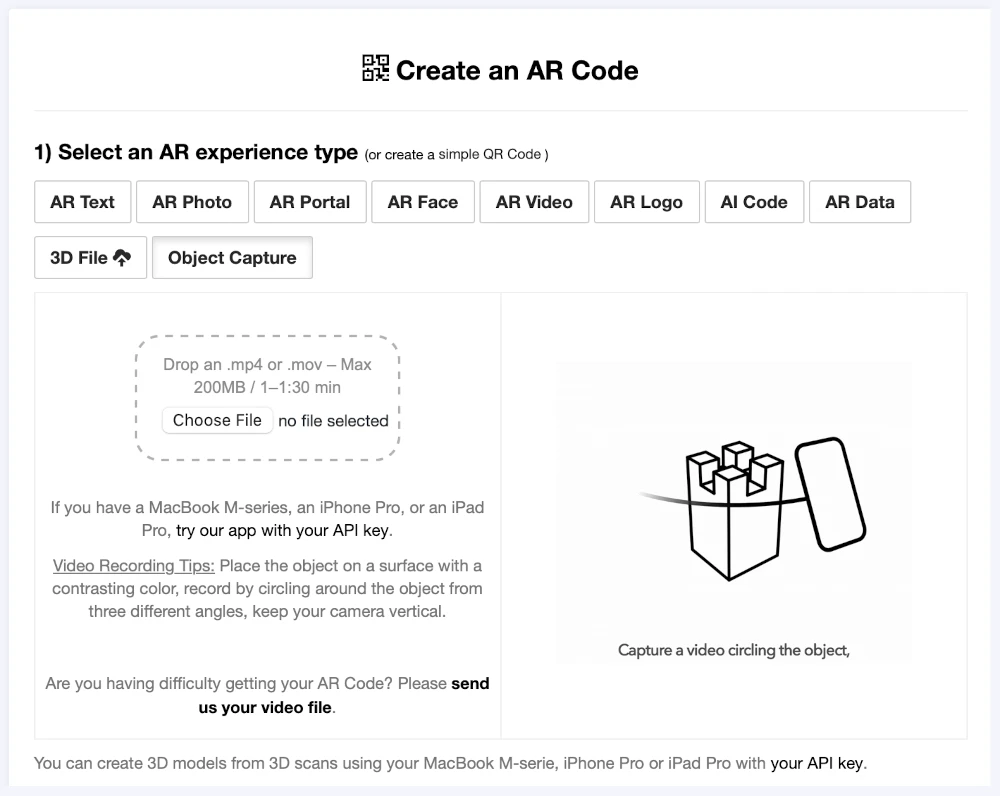
Transform your business with the innovative AR Code Object Capture solution, now available on our web platform. Boost your brand's impact by turning video-based 3D scans into immersive augmented reality content in minutes, all without technical hassles. Forget complicated apps or extra hardware. Upload a...
Guide to 3D Scanning with Our "AR Code Object Capture" Solution

Accelerate your business’s digital transformation with AR Code Object Capture—the leading SaaS platform for 3D scanning and augmented reality experiences that drive growth, engagement, and revenue. Trusted by top organizations, AR Code delivers high-quality 3D model creation for marketing, e-commerce,...
From Video to 3D Modeling: Photogrammetry with AR Code Object Capture on MacBook M-Series
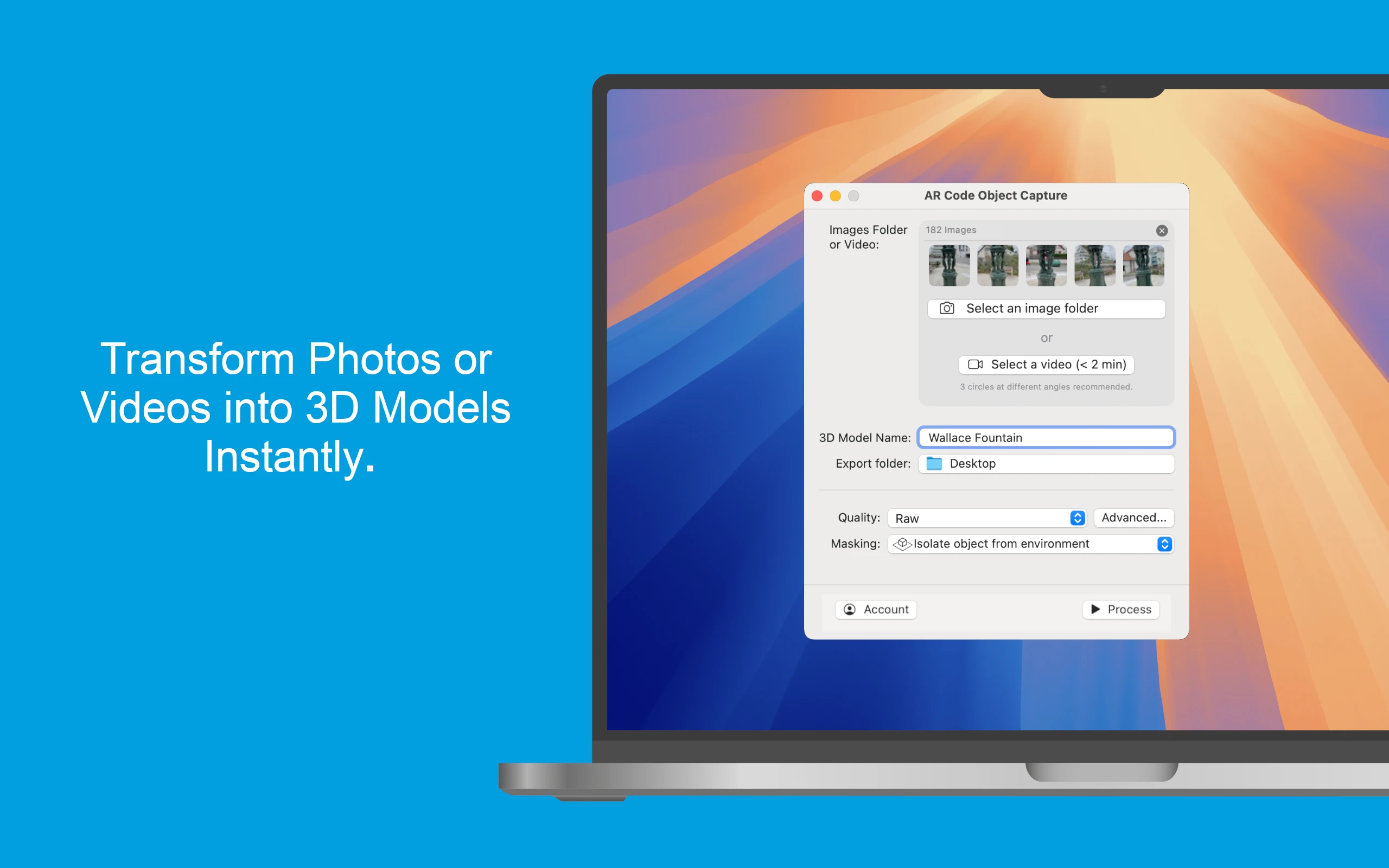
Elevate your business with the cutting-edge AR Code Object Capture app, the premier 3D scanning and augmented reality SaaS platform for enterprises. Purpose-built for MacBook M-series (macOS 15.0+), this app converts real-world products into vivid 3D models and AR QR Codes in just minutes. Seamlessly compatible across...
Personalize Your AR Codes with Innovative Design Options

AR Codes are revolutionizing business engagement by seamlessly connecting physical products, print materials, and digital content into interactive augmented reality experiences. Unlike standard QR codes, AR Codes on the AR Code SaaS platform offer advanced visual customization, transforming plain codes into vibrant,...
AR Code's Low-Power SLAM: Augmented Reality for Everyone, Everywhere
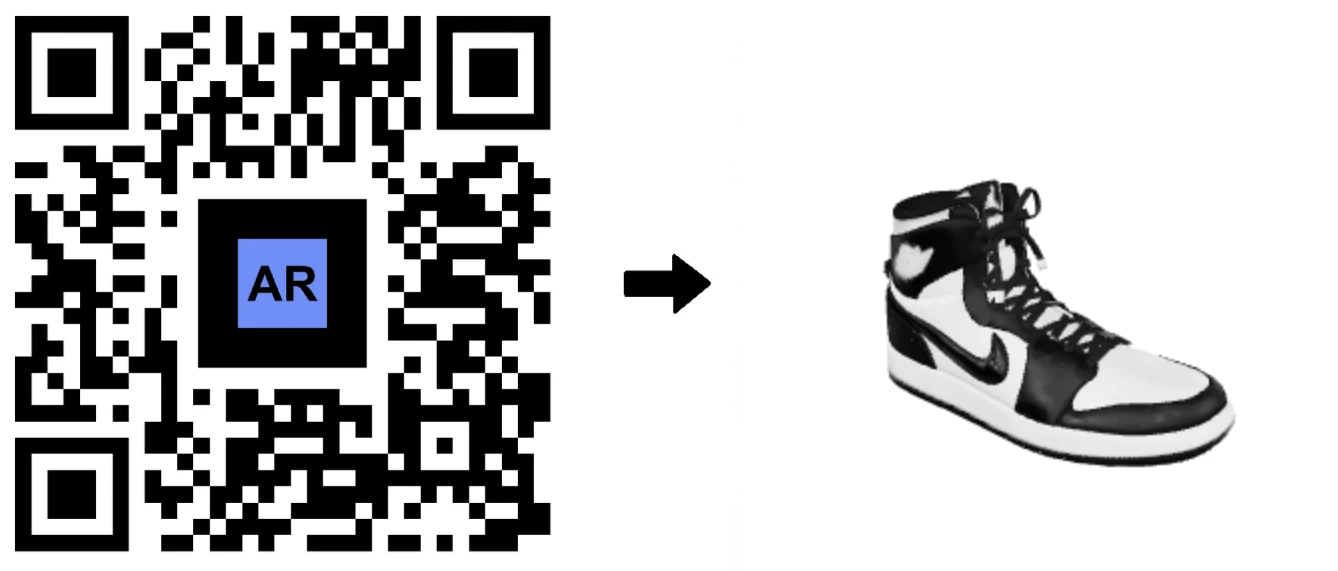
Accelerate your business growth with AR Code, the flexible SaaS platform revolutionizing accessibility and engagement in Augmented Reality for companies worldwide. Deploy dynamic AR experiences across premium and affordable devices, from flagship smartphones to entry-level Androids. AR Code’s advanced low-power SLAM...
Revolutionize Your Online Boutique with 3D Scans Using the AR Code Object Capture App

In today’s fast-paced e-commerce world, delivering immersive and interactive shopping is crucial for businesses to stand out. Online shoppers expect to experience products as vividly as in person. AR Code helps companies surpass these expectations through leading-edge Augmented Reality solutions. Using the intuitive...
AR Face Filter Creation Simplified: Boost Brand Engagement with AR QR Codes
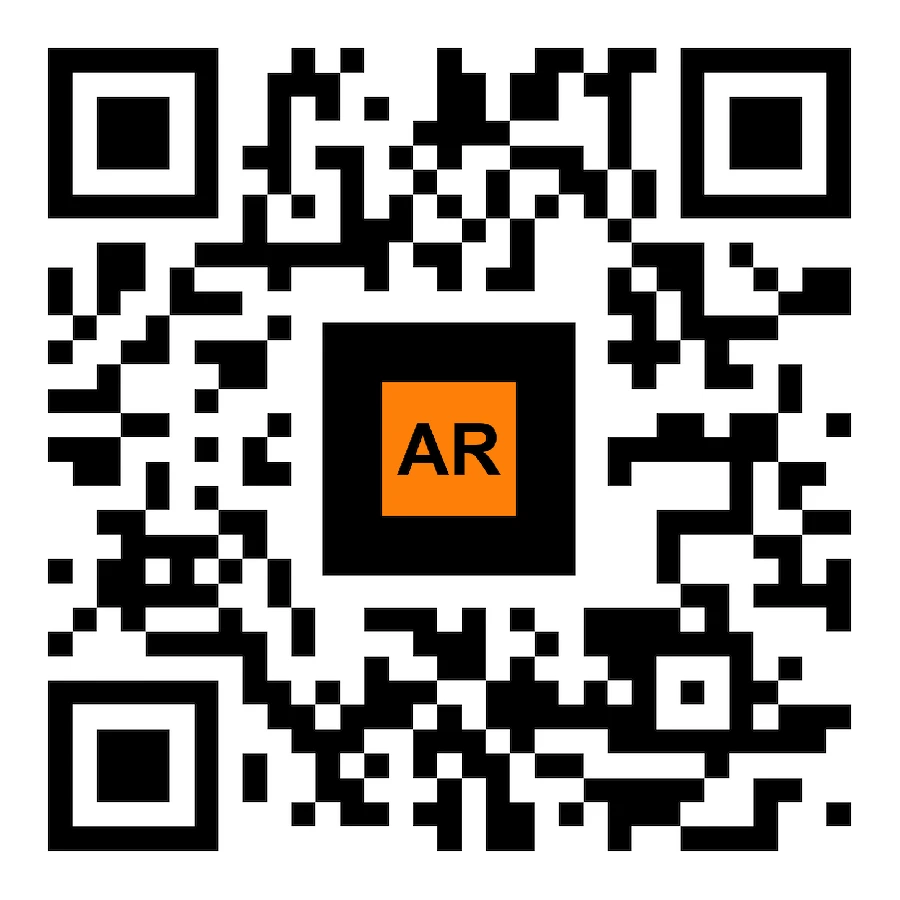
Accelerate your brand reach and energize your marketing strategy with the AR Face Filter, an innovative augmented reality SaaS solution from AR Code. Instantly project your logo or images onto users’ faces using advanced AR and AI technology. Perfect for sports teams, event organizers, entertainment brands, and...
153,810 AR experiences
558,839 Scans per day
130,030 Creators
